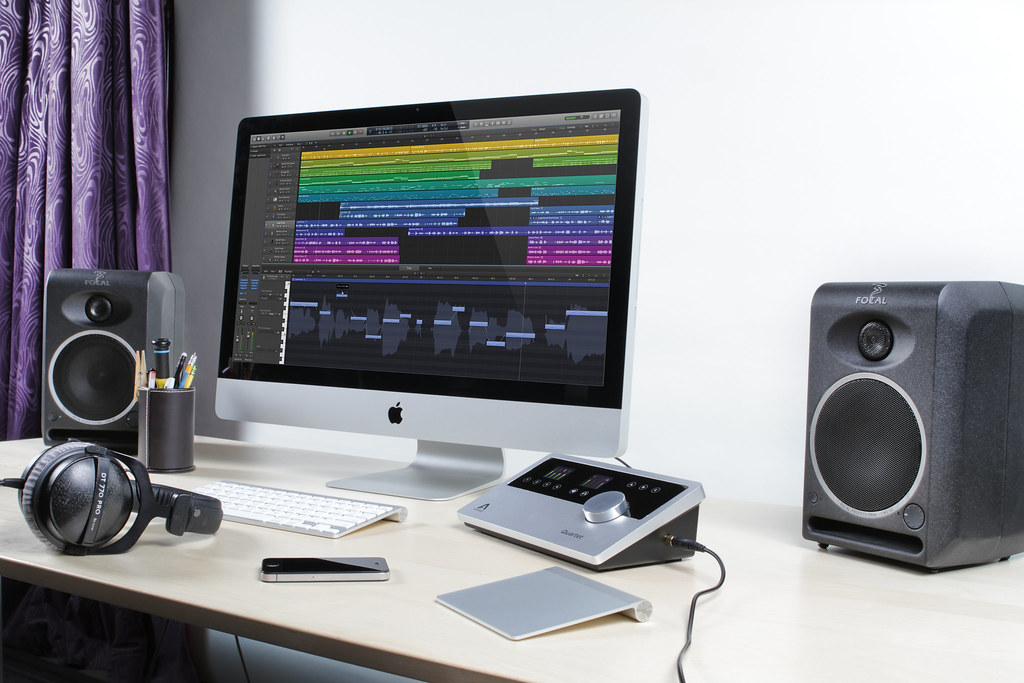This 200-Ton Beast Is A Synthesizer From The 19th Century

Move over Moog, the remarkable Telharmonium made its debut in 1897.
Though it’s tempting to think of synthesizers as being a recent phenomenon, the truth is that people have been making synthetic instruments since the late 1800s. Case in point is Thaddeus Cahill’s Telharmonium, a fantastical mixture of technologies that blended early synth-style melodies with the ability to distribute sound remotely by wire. Using a type of additive synthesis and tone wheels, it produced shapable sine wave tones that could be used to make everything from woodwinds to stringed instruments. What’s more, it could use the existing telephone network to transmit sound to speakers in rooms far away from the keyboard itself.
It’s odd, in hindsight, that someone back then could have predicted two technologies that we now take for granted. But perhaps the creator’s forward-thinkingness is also what led to the synth’s downfall. Though the Telharmonium was popular at the time of its invention—noted American author Mark Twain was even a fan—the rest of the world’s technological infrastructure just wasn’t ready. It was massive and unmovable, it required an ungodly 670 kilowatts to operate and its sound would often bleed into other telephone calls. Sadly, the Telharmonium didn’t stick around. You can learn more about it in this German language article here. If for nothing else, we recommend checking it out for the amazing pictures. Scroll on to see a video documentary on the instrument.
Read more: Is this 1958 track the first acid house cut ever?

















































